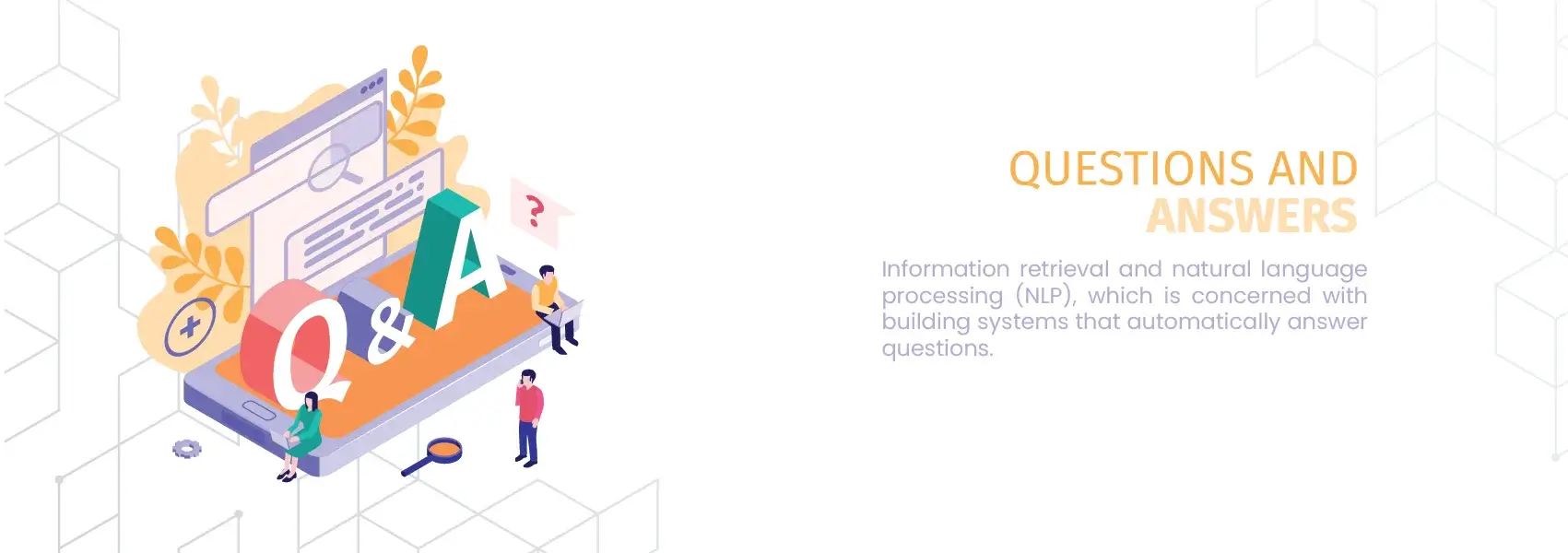Question Answering
Question Answering
How exactly is question-answering an NLP problem and how to resolve it? Considered an artificial intelligence milestone, Question-Answering systems allow a user to ask any question and receive a brief response accordingly. QA systems can now be found in phone conversational interfaces and search engines.


Question Answering
How exactly is question-answering an NLP problem and how to resolve it? Considered an artificial intelligence milestone, Question-Answering systems allow a user to ask any question and receive a brief response accordingly. QA systems can now be found in phone conversational interfaces and search engines.
Question-Answering System
This system functions with a very adaptable design and is created to ask for a long range of queries. Instead of preparing a list of options, this system chooses the most befitting answer, which means they have to deal with a good chunk of possibilities especially when being developed by Python.
The Question Answering NLP setting is by default very natural. For having the solution for many user queries that go straight into the search engines, open-domain QA Systems can generally discover the right text. The goal is to make the shortest piece of text in a document or passage that holds the answer to the query.
Machine Learning Models for Question-Answering Systems
We should utilize two main methods of machine learning models for question answering NLP Python systems: The supervised learning model and the unsupervised learning model.
Unsupervised Learning Model
This model possesses an accuracy of about 45% percent which can at best go up to 63%. This learning model does not use the benefit of the large data with target labels. That being said, the solution’s simplicity ensures a solid outcome without any training.
Supervised Learning Model
A training set for this bit can be difficult since each segment does not carry a pre-established amount of text and hence answers can vary from one word or many. Because of this model’s high supervision, the accuracy rate hits almost 98% percent leaving very small room for error. That fairly implies that the Question Answering AI in this model is much better in performance as compared to question answering AI in the unsupervised learning model.
Question-Answering using NLP has been recommended for years in recent history. Not just NLP but end-to-end Question-Answering systems are built by SQuAD Dataset as well, not to mention a model based on natural language interference (SNLI). Up to you what to choose for your Question-Answering systems.

